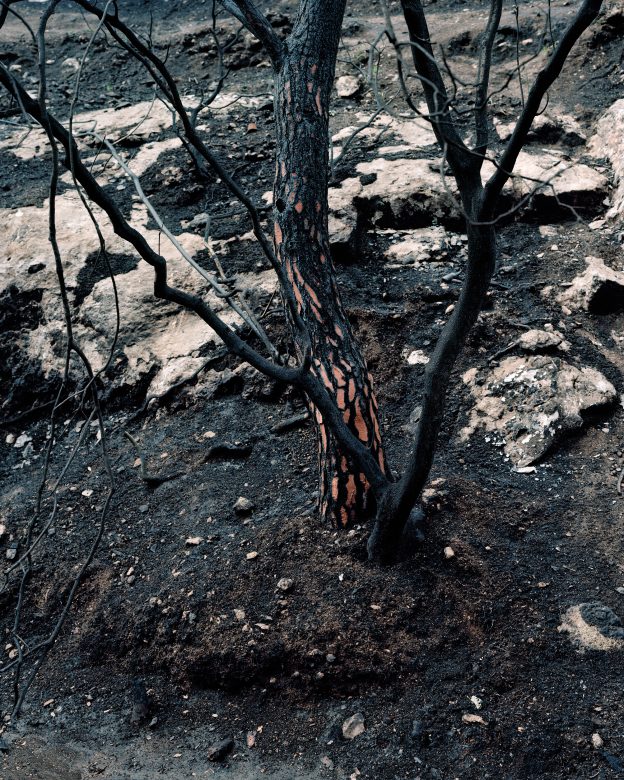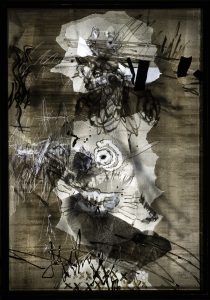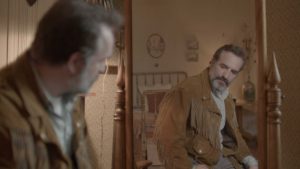with WOUNDED
artwork by CORINNE SILVA
Early winter. I’m alone on the side of the highway, before the first snow. The dry prairie grasses susurrate in the ditch and at the edges of the raw, November fields. The vast expanse of endless sky engulfs me, when suddenly a flock of snowgeese at the distant horizon lifts, fluttering above the care-worn furrows of simple, brown earth. There will be corn here, or soy, in spring. But for now, there are only the dry ground, the highway, and me, drenched in my hidden grief. After years of chaos, after years of perseverance, balance, compromise, screens, after years at the grindstone, this enormous silence comes as a terrifying relief.
The forced pause of sorrow can be a kind of fallow.
But that’s not what we wanted to tell you. What we wanted to tell you is something like: if what lies fallow is that which could be, but intentionally isn’t, then to lie fallow is what we need today. After all, there is always more: more labor, more growth and accumulation, more expansion, more extraction. And yet. It’s this more that’s killing us.
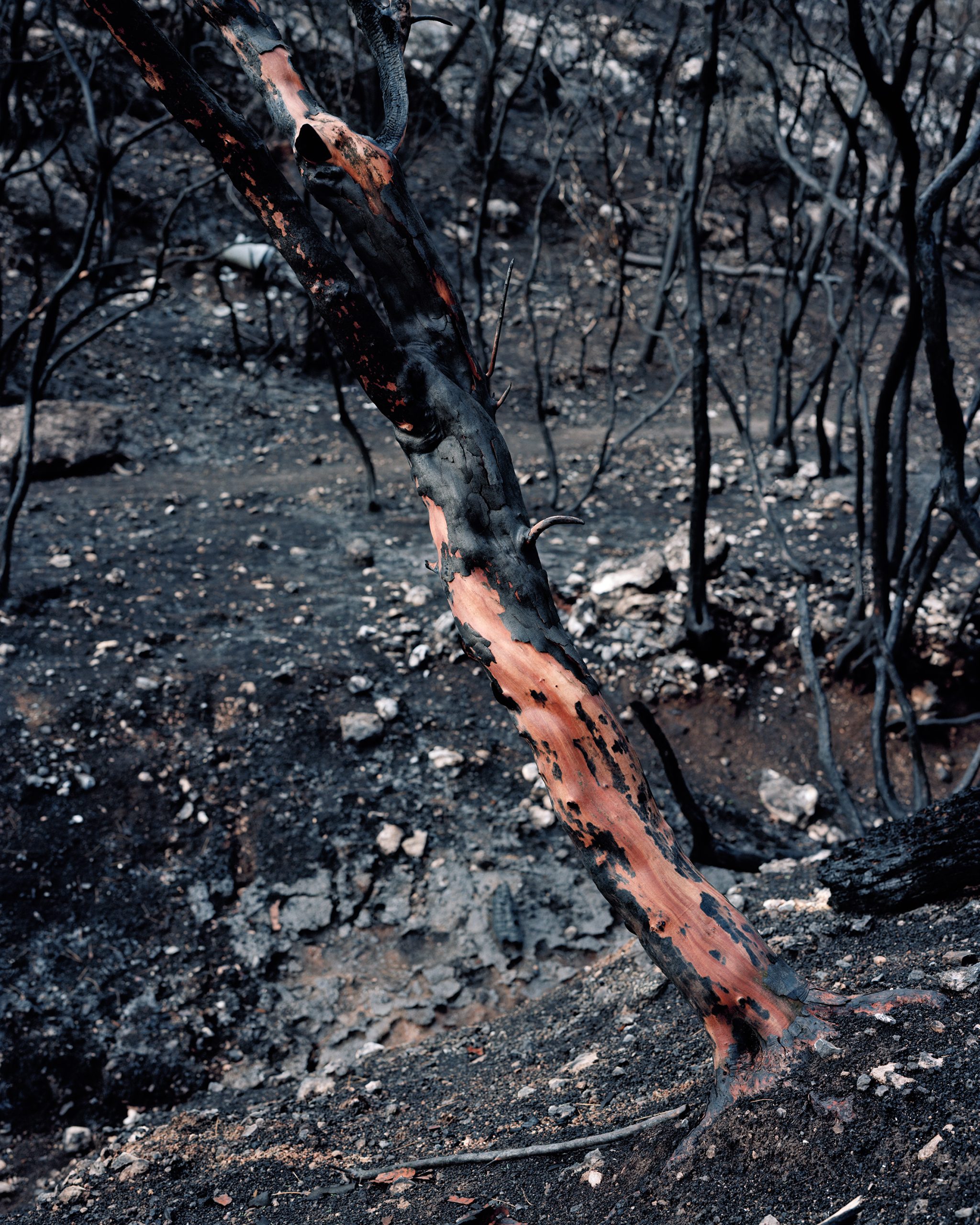
So, let me return to the supposed fundamentals, The New Oxford English Dictionary :
Fallow
adj. (of farmland) plowed and harrowed but left unsown for a period in order to restore its fertility as part of a crop rotation or to avoid surplus production
n. a piece of fallow or uncultivated land
v. [trans] (land) fallow
What we wanted to tell you is that, in this moment of virulent overproduction, perhaps within this concept fallow there lingers a chance to experience a central longing in individual and collective life today: the need to stop and rest.
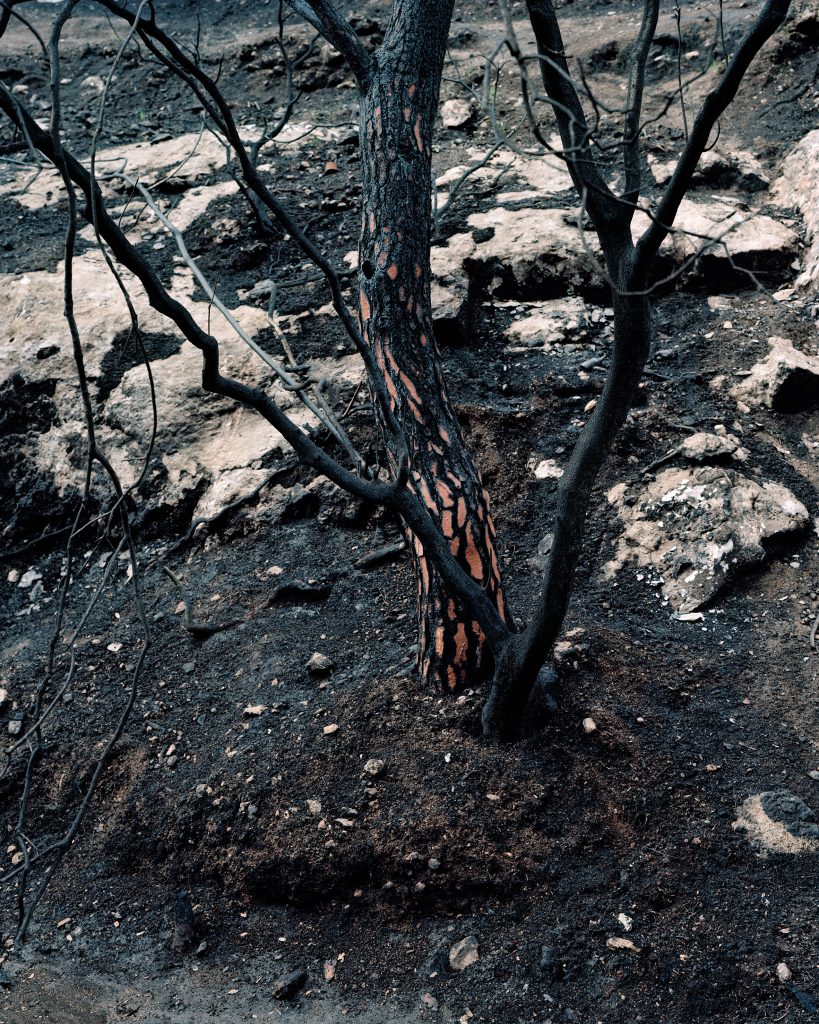
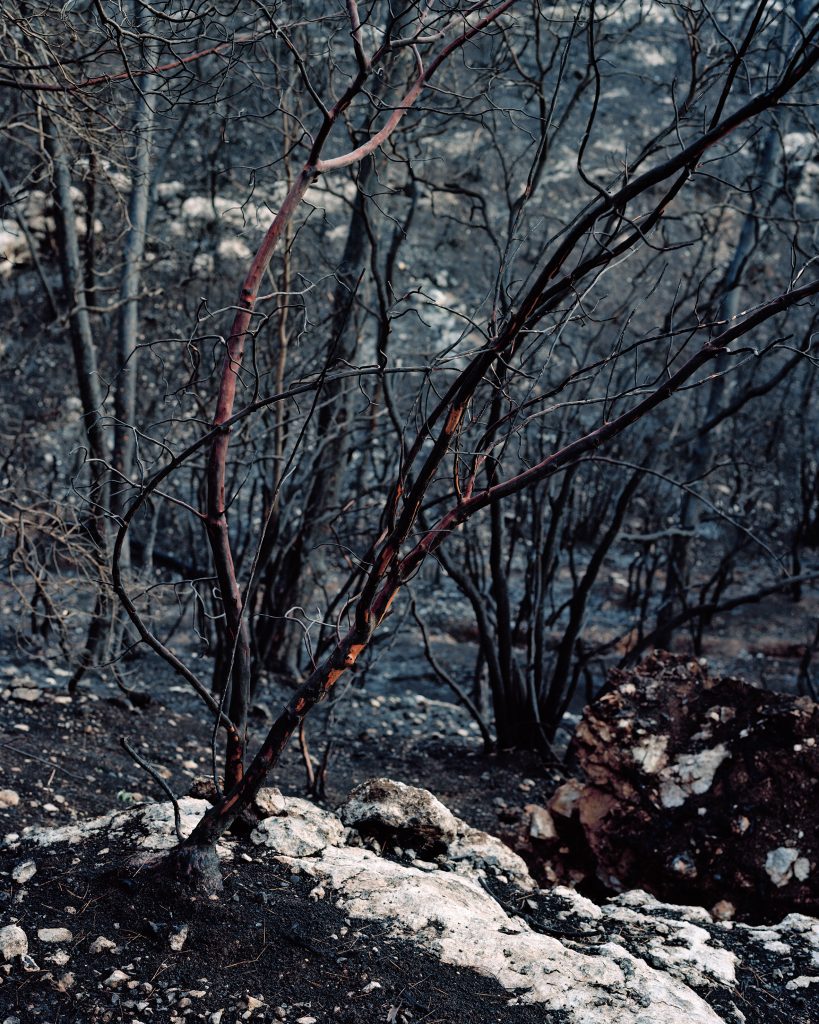
It’s in this hope—the hope for pause—that Issue 003 took root. And in fact, since the beginning, we’ve longed to protect this delicate, endangered need we know and feel within: the need not to do and achieve, not to produce, drive, direct, present, shovel, cut, level, assess, buy or sell. So that’s what we invited the writers, scholars, and artists whose work we’ve gathered here to help us do: to expand our understanding of this need for rest, and to speak and gesture toward, and about, and away from, the concept of fallow.
In preparing this issue, we also discovered that the definition of fallow implicitly hints at the deep roots of the directive to produce and achieve, a directive that has become so overdeveloped in late modernity. Fallow land has been “plowed and harrowed” if not sown: the goal is to “restore fertility,” and thereby, to extract the highest possible crop yields to support an ever-expanding global population. This definition of fallow suggests how insidiously dissolved into psychic life and language are those drives that apparently stand in opposition to the idea of fallowness itself: the drive to produce, consume, exchange, and the drive to extract all possible resources and value from land, from peoples (their minds and bodies) from livestock, waterways, wildthings. In the global reality that has dominated since the industrial revolution, even rest becomes justified by the productivity it will later enhance. And yet. There may also still linger within the concept fallow potentials for ‘true’ rest. Lying fallow may offer not simply a pit-stop on the road to enhanced productivity, but also a more comprehensive, moderated model by which to live.
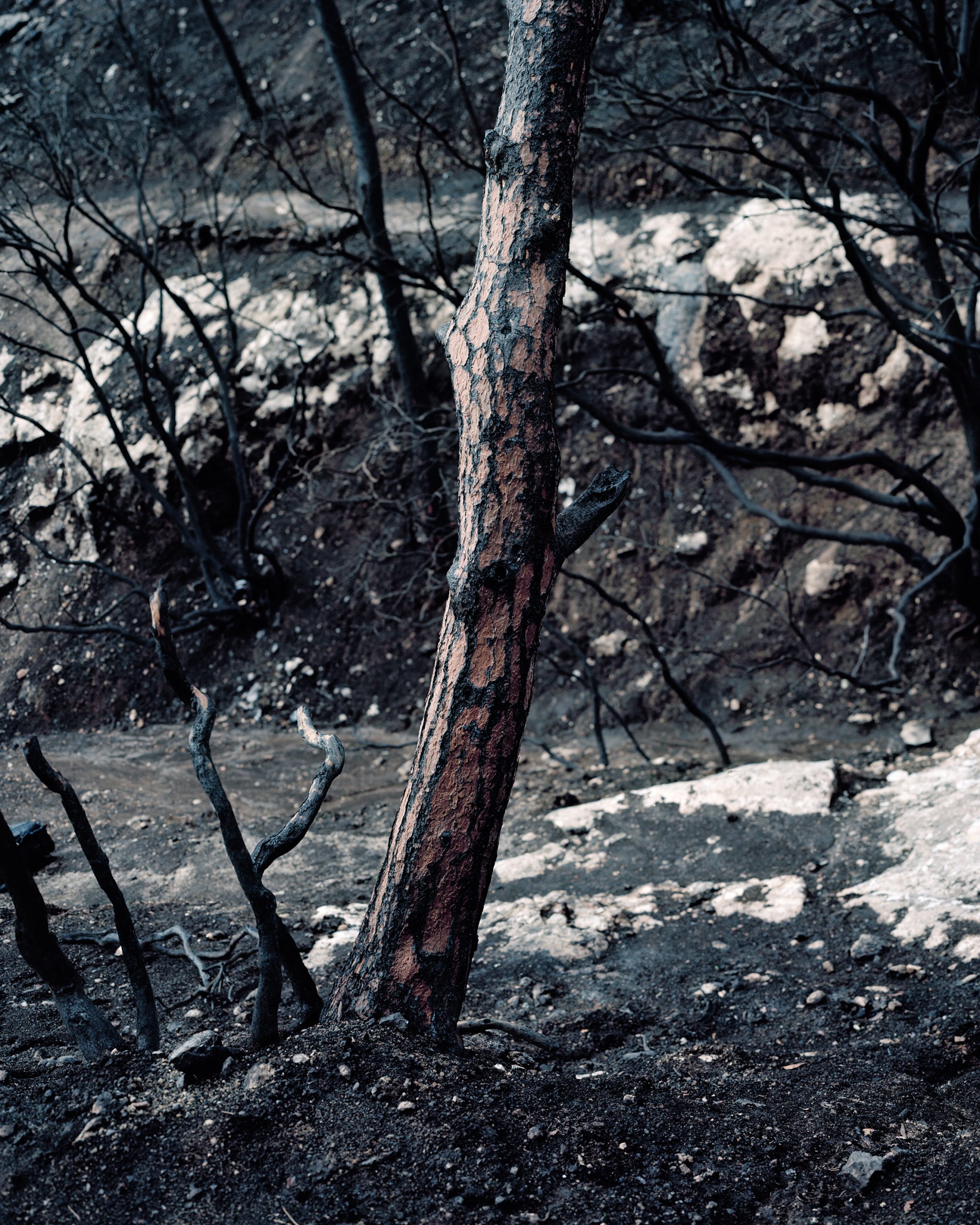
But where in this invitation to you to ‘lie fallow’ is the sorrow with which I began? Maybe first it’s in the knowledge that surrounds us, but that many of us suppress, the knowledge of what’s already been lost: species, lands, ice formations, reefs, time. Maybe it’s in the premonition of what could be lost if the drive toward ‘progress’ and growth continues: islands, coasts, villages, cities, communities. But second, the sorrow at the heart of this reflection is also the kind that emerges, not directly from massive historical, geopolitical, or biopolitical forces. Rather, this sorrow is, in part, the kind that emerges through the unknown legends, romances, and tragedies that make each of our unique lives the most engrossing dramas we’ll ever witness, or create. It’s to these hidden, private sorrows—and the fallow moments they demand—that we dedicate this issue, to the sorrows that, daily, force us to pause and remember, or regret, or desire.
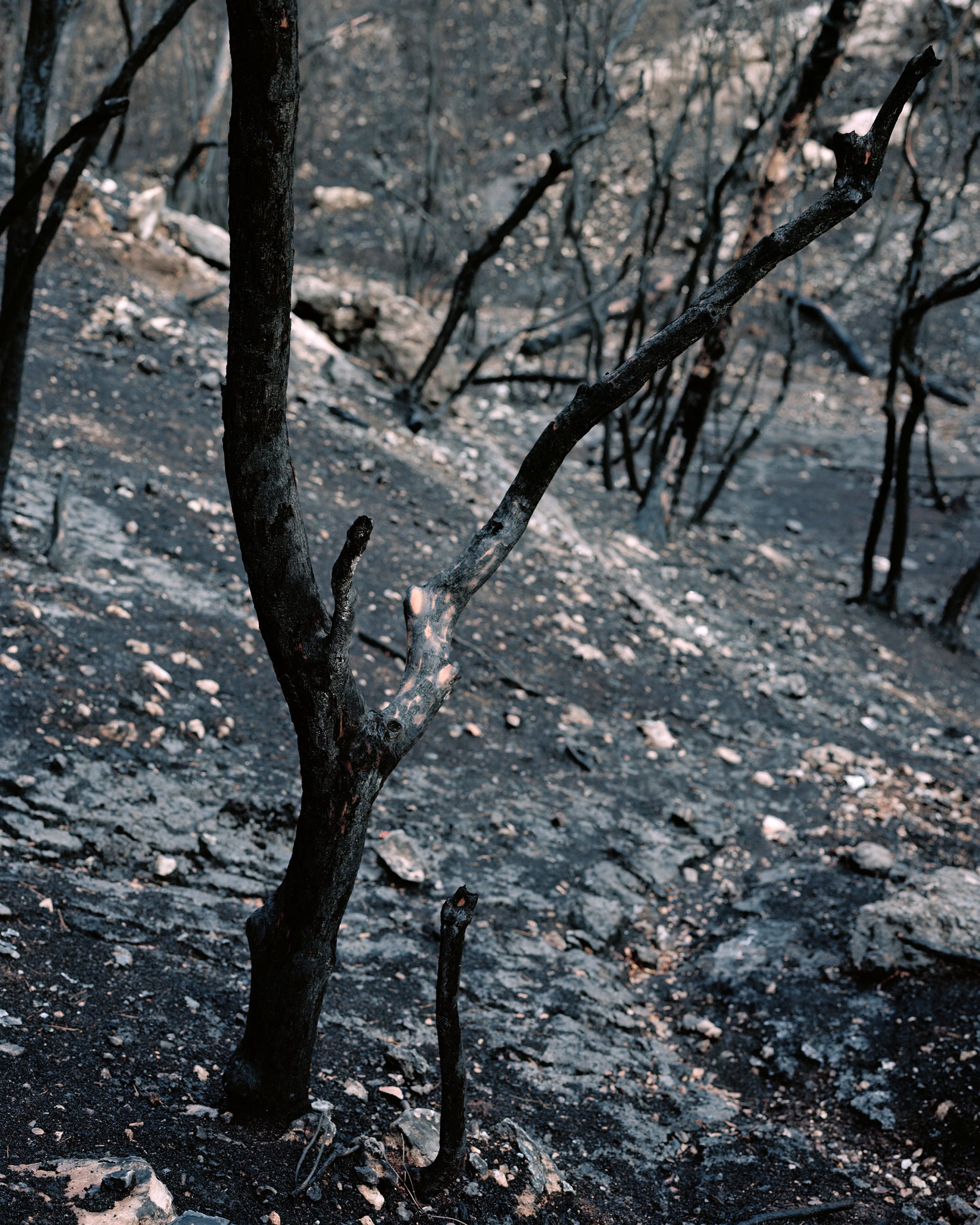
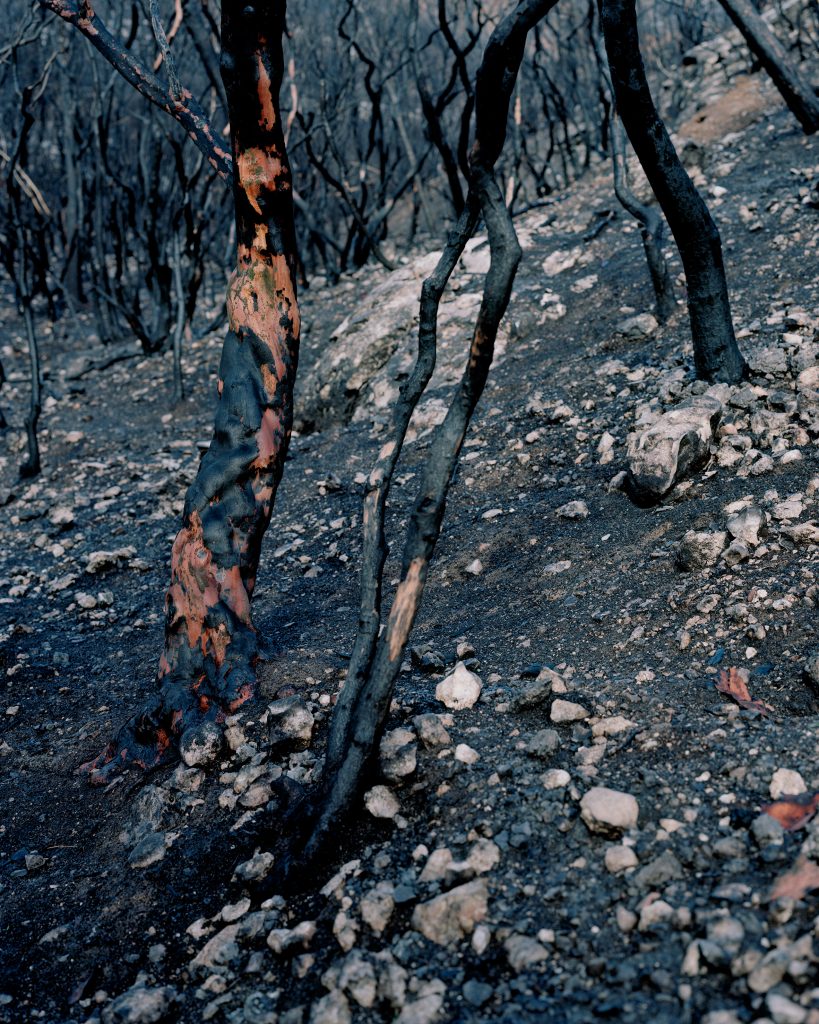
WOUNDED
I photographed the trees in Wounded two weeks after a fire raged through the Mount Carmel Forest in December 2010, consuming more than 25,000 square kilometers of woodland. Only a small percentage of Israeli forests are native; most have been trans-planted. Since the declaration of Statehood in 1948, Israel has re-shaped the Palestinian landscape by planting over 200 million trees. The State-driven forestation plan has a number of functions: it is a method of occupying land that is then reserved solely for the State; it provides a major source of immigrant labour, thereby allowing for a nationally planned population dispersal. It also serves to conceal remaining traces of destroyed Palestinian villages. These forests are also highly symbolic, creating and maintaining a hold on the land in the imagination as much as on the ground. Zionists conceived Palestine as a barren wilderness that needed to be restored to its former Biblical glory. ‘Making the desert bloom’ was the intention of first Israeli Prime Minister David Ben-Gurion. In the Bible and many Jewish texts, trees are used as metaphors for people and their nation. Images of trees being uprooted, withering in drought or burned might be used to convey God’s displeasure towards the people. The destruction of thousands of trees in the Carmel Forest was not only a step backwards in the process of incremental occupation and alteration of this landscape but also a symbolic victim for the nation. In Wounded the photographs of burned trees are accompanied by the sound of my body moving through foliage, recorded two years after the fire. Returning to the forest, I saw that the thousands of oak, cypress and pine trees that helped the flames to spread had not been replanted. For the first time in decades, the natural flora that had previously been suffocated by a carpet of pine needles (a symptom of trees planted too close to one another) had a chance to re-establish itself, rebalancing the forest’s ecosystem.
~ Corinne Silva
ANNE MARIE WIRTH CAUCHON editor-in-chief
Anne Marie Wirth Cauchon is Editor-in-Chief of Stillpoint Magazine, and Creative Director the PrairieCare Institute’s Center for Applied Psychoanalysis, the mother of two, a literary critic, and the author of the novel Nothing.
CORINNE SILVA artist
London-based visual artist Corinne Silva uses photography, video and collaboration to disrupt traditional Western modes of the representation of landscape. She seeks a visual language that privileges fragmentation rather than an all-encompassing overview, responding to place in an embodied and subjective way to create new narrative possibilities. Current and recent exhibitions include Open Eye Gallery, Liverpool, UK; Institut Valencià d’Art Modern, Spain; Zarya Center for Contemporary Art, Vladivostok, Russia; Darat al Funun, Amman; Lishui Art Museum, China.
WOUNDED (2015): Room installation of nine c-type photographs with looped surround sound.
© Copyright for all texts published in Stillpoint Magazine are held by the authors thereof, and for all visual artworks by the visual artists thereof, effective from the year of publication. Stillpoint Magazine holds copyright to all additional images, branding, design and supplementary texts across stillpointmag.org as well as in additional social media profiles, digital platforms and print materials. All rights reserved.
